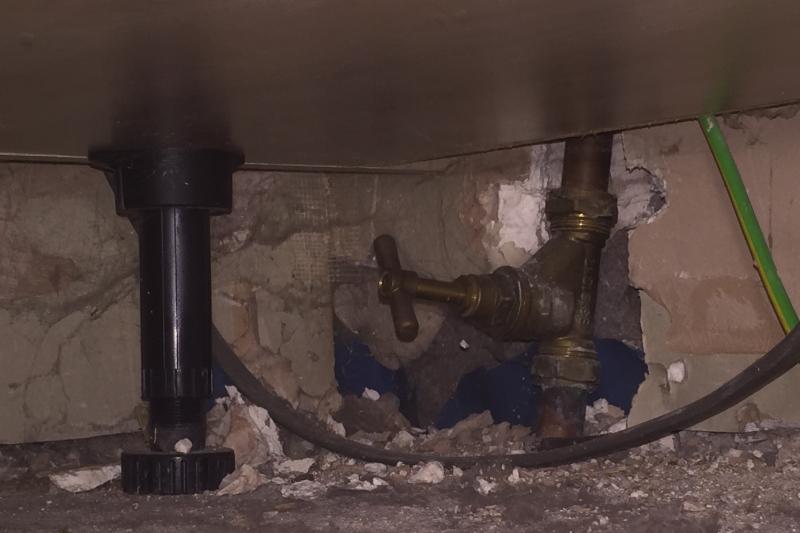I recently had Severn Trent Water turn up at my house and tell me they'd detected a leak on the service pipe. They dug around the side of my house for a while trying to locate the service, but once they hit the drains and power supply said they couldn't got any further and it was now up to me to get the leak repaired within 7 days (it's within my boundary).
It's a new-ish (9yo) house with a plastic service, so they told me it's 99% certain that the leak will be on the connection between the plastic pipe and the internal copper pipe and therefore should be a simple repair that I'd be able to do myself. However, the problem is finding where this connection is and how to access it! Where is the connection normally made - should I be digging at the side of the house where I think it enters, or should I be taking up the utility room floor instead? My internal stopcock and smartmeter are in a cupboard against an internal wall in the utility room, about 1.5m away from the external wall where I'd imagine the service enters - you can even hear water running.
Any advice would be very much appreciated before I start digging or dismantling unnecessarily.
Thanks,
Neil
It's a new-ish (9yo) house with a plastic service, so they told me it's 99% certain that the leak will be on the connection between the plastic pipe and the internal copper pipe and therefore should be a simple repair that I'd be able to do myself. However, the problem is finding where this connection is and how to access it! Where is the connection normally made - should I be digging at the side of the house where I think it enters, or should I be taking up the utility room floor instead? My internal stopcock and smartmeter are in a cupboard against an internal wall in the utility room, about 1.5m away from the external wall where I'd imagine the service enters - you can even hear water running.
Any advice would be very much appreciated before I start digging or dismantling unnecessarily.
Thanks,
Neil


